4. Cho KS. Tuberculosis control in the Republic of Korea. Epidemiol Health. 2018; 40:e2018036. PMID:
30081621.
5. Kwak N, Hwang SS, Yim JJ. Effect of COVID-19 on tuberculosis notification, South Korea. Emerg Infect Dis. 2020; 26(10):2506–2508. PMID:
32672531.
6. Collaborative Group for the Meta-Analysis of Individual Patient Data in MDR-TB treatment–2017. Ahmad N, Ahuja SD, Akkerman OW, Alffenaar JC, Anderson LF, et al. Treatment correlates of successful outcomes in pulmonary multidrug-resistant tuberculosis: an individual patient data meta-analysis. Lancet. 2018; 392(10150):821–834. PMID:
30215381.
7. Diacon AH, Pym A, Grobusch MP, de los Rios JM, Gotuzzo E, Vasilyeva I, et al. Multidrug-resistant tuberculosis and culture conversion with bedaquiline. N Engl J Med. 2014; 371(8):723–732. PMID:
25140958.
8. Borisov SE, Dheda K, Enwerem M, Romero Leyet R, D’Ambrosio L, Centis R, et al. Effectiveness and safety of bedaquiline-containing regimens in the treatment of MDR- and XDR-TB: a multicentre study. Eur Respir J. 2017; 49(5):1700387. PMID:
28529205.
9. Guglielmetti L, Jaspard M, Le Dû D, Lachâtre M, Marigot-Outtandy D, Bernard C, et al. Long-term outcome and safety of prolonged bedaquiline treatment for multidrug-resistant tuberculosis. Eur Respir J. 2017; 49(3):1601799. PMID:
28182570.
10. Tack I, Dumicho A, Ohler L, Shigayeva A, Bulti AB, White K, et al. Safety and effectiveness of an all-oral, bedaquiline-based, shorter treatment regimen for rifampicin-resistant tuberculosis in high human immunodeficiency virus (HIV) burden rural South Africa: a retrospective cohort analysis. Clin Infect Dis. 2021; 73(9):e3563–e3571. PMID:
33372989.
11. Padayatchi N, Bionghi N, Osman F, Naidu N, Ndjeka N, Master I, et al. Treatment outcomes in patients with drug-resistant TB-HIV co-infection treated with bedaquiline and linezolid. Int J Tuberc Lung Dis. 2020; 24(10):1024–1031. PMID:
33126934.
12. Park HY, Ku HM, Sohn HS, Seo HS, Yung Lee H, Hwa Lim K, et al. Cost-effectiveness of bedaquiline for the treatment of multidrug-resistant tuberculosis in the Republic of Korea. Clin Ther. 2016; 38(3):655–667.e1-2. PMID:
26907504.
13. Mpobela Agnarson A, Williams A, Kambili C, Mattson G, Metz L. The cost-effectiveness of a bedaquiline-containing short-course regimen for the treatment of multidrug-resistant tuberculosis in South Africa. Expert Rev Anti Infect Ther. 2020; 18(5):475–483. PMID:
32186925.
14. Ionescu AM, Mpobela Agnarson A, Kambili C, Metz L, Kfoury J, Wang S, et al. Bedaquiline- versus injectable-containing drug-resistant tuberculosis regimens: a cost-effectiveness analysis. Expert Rev Pharmacoecon Outcomes Res. 2018; 18(6):677–689. PMID:
30073886.
15. Gomez GB, Siapka M, Conradie F, Ndjeka N, Garfin AM, Lomtadze N, et al. Cost-effectiveness of bedaquiline, pretomanid and linezolid for treatment of extensively drug-resistant tuberculosis in South Africa, Georgia and the Philippines. BMJ Open. 2021; 11(12):e051521.
16. The Korean Academy of Tuberculosis and Respiratory Disease. Korea Disease Control and Prevention Agency. Guideline of Tuberculosis Management. 4th ed. Cheongju, Korea: Korea Disease Control and Prevention Agency;2020.
17. Kittikraisak W, Kingkaew P, Teerawattananon Y, Yothasamut J, Natesuwan S, Manosuthi W, et al. Health related quality of life among patients with tuberculosis and HIV in Thailand. PLoS One. 2012; 7(1):e29775. PMID:
22253777.
18. Agnarson AM, Wang XC, Potluri R, Bhandari H, Dhir A, Kambili C, et al. Long-term impact of the adoption of bedaquiline-containing regimens on the burden of drug-resistant tuberculosis in China. BMC Infect Dis. 2020; 20(1):113. PMID:
32041542.
19. Lee M, Han J, Kim YR, Kwak N, Kim JH, Park O, et al. Multidrug-resistant tuberculosis in South Korea: a retrospective analysis of national registry data in 2011-2015. Int J Tuberc Lung Dis. 2019; 23(7):850–857. PMID:
31439118.
21. Hwang H, Kang H, Kwon YS, Jeon D, Shim TS, Yim JJ. Outcomes of multidrug-resistant tuberculosis treated with bedaquiline or delamanid. Clin Infect Dis. 2021; 73(8):1362–1369. PMID:
33837767.
22. Lee HH, Jo KW, Yim JJ, Jeon D, Kang H, Shim TS. Interim treatment outcomes in multidrug-resistant tuberculosis patients treated sequentially with bedaquiline and delamanid. Int J Infect Dis. 2020; 98:478–485. PMID:
32640367.
23. Alipanah N, Jarlsberg L, Miller C, Linh NN, Falzon D, Jaramillo E, et al. Adherence interventions and outcomes of tuberculosis treatment: a systematic review and meta-analysis of trials and observational studies. PLoS Med. 2018; 15(7):e1002595. PMID:
29969463.
24. Tiemersma EW, van der Werf MJ, Borgdorff MW, Williams BG, Nagelkerke NJ. Natural history of tuberculosis: duration and fatality of untreated pulmonary tuberculosis in HIV negative patients: a systematic review. PLoS One. 2011; 6(4):e17601. PMID:
21483732.
25. Masuku SD, Berhanu R, Van Rensburg C, Ndjeka N, Rosen S, Long L, et al. Managing multidrug-resistant tuberculosis in South Africa: a budget impact analysis. Int J Tuberc Lung Dis. 2020; 24(4):376–382. PMID:
32317060.
26. Kwon YS, Jeon D, Kang H, Yim JJ, Shim TS. Concurrent use of bedaquiline and delamanid for the treatment of fluoroquinolone-resistant multidrug-resistant tuberculosis: a nationwide cohort study in South Korea. Eur Respir J. 2021; 57(3):2003026. PMID:
33093123.
27. Park HY, Cheon HB, Choi SH, Kwon JW. Health-related quality of life based on EQ-5D utility score in patients with tuberculosis: a systematic review. Front Pharmacol. 2021; 12:659675. PMID:
33935781.
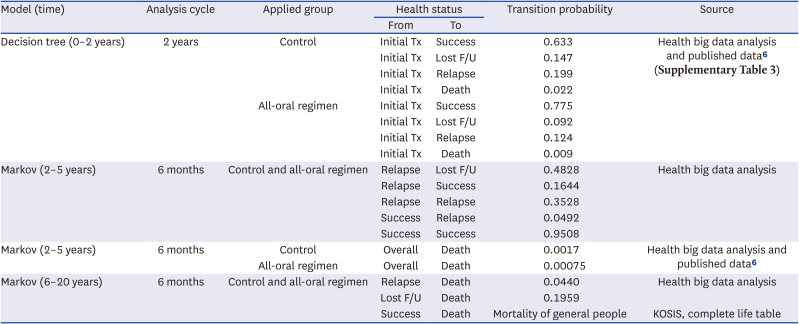
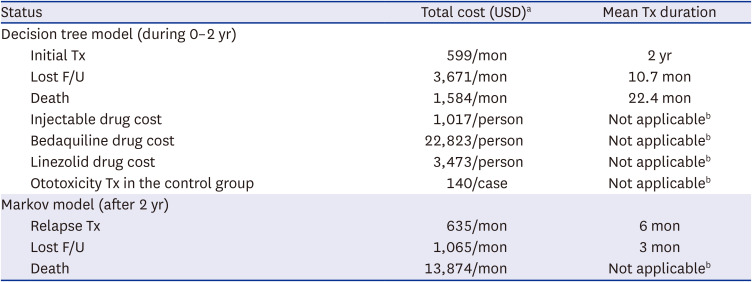
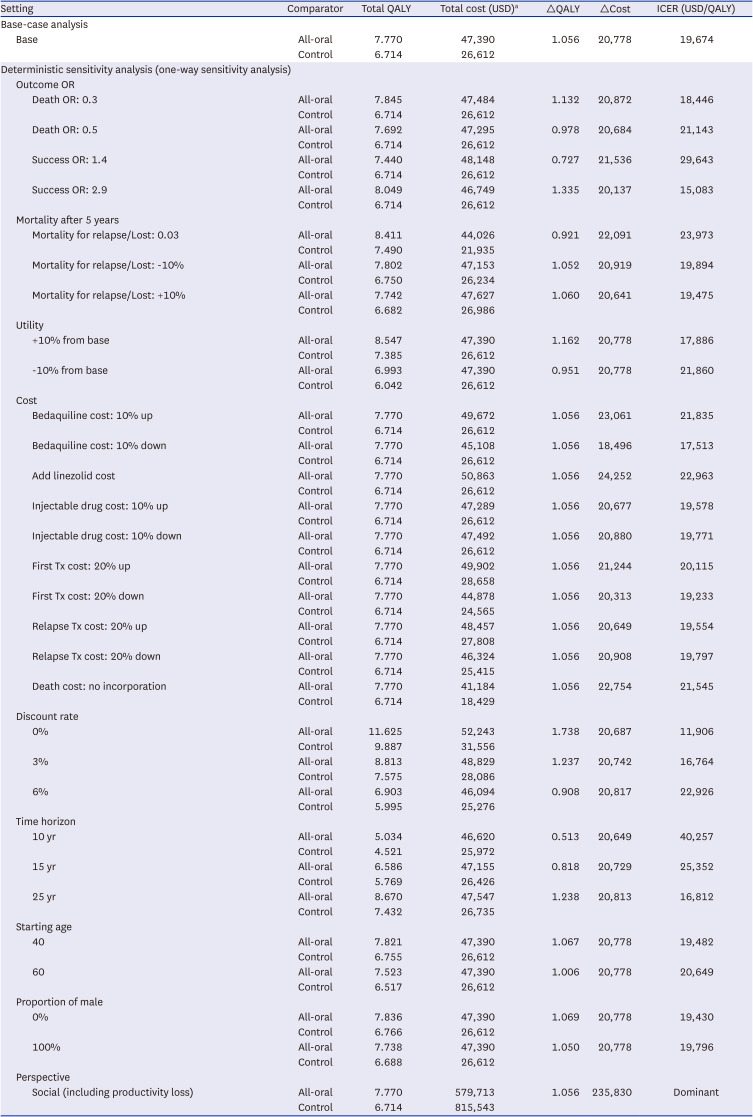




 PDF
PDF Citation
Citation Print
Print



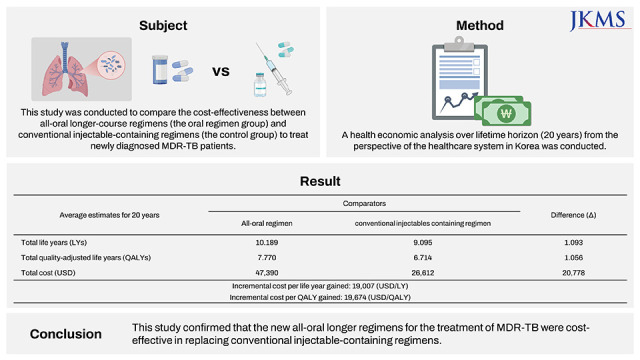
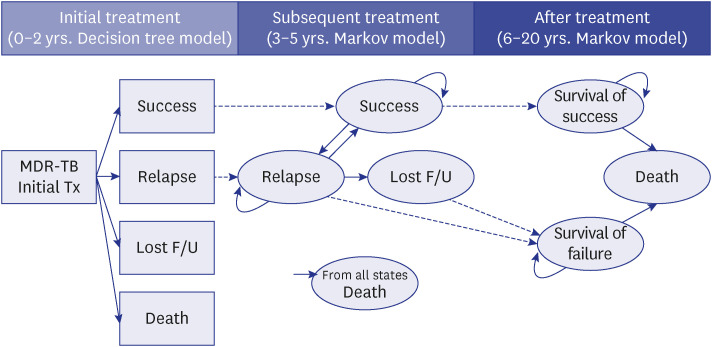
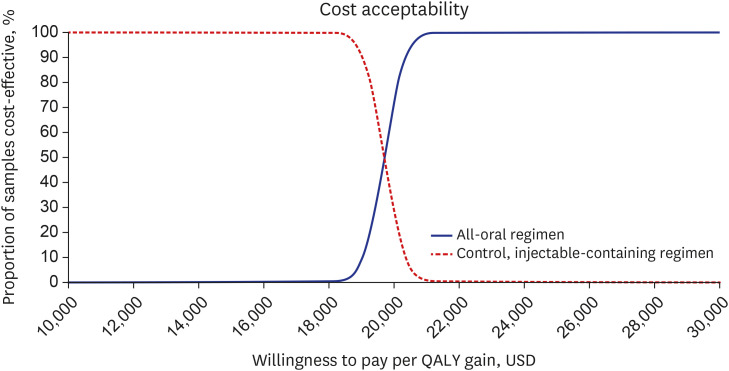
 XML Download
XML Download